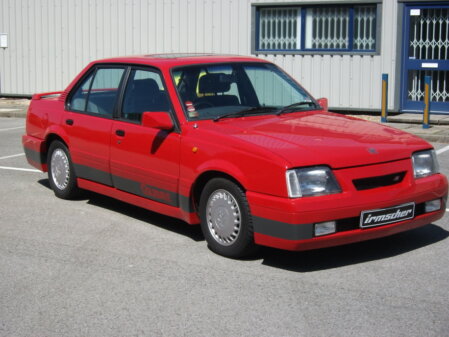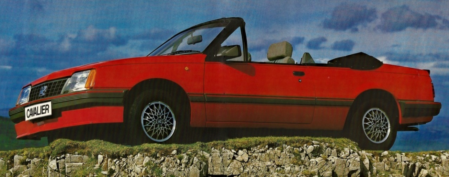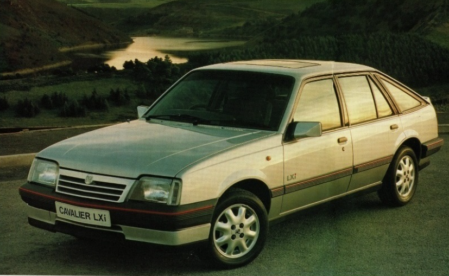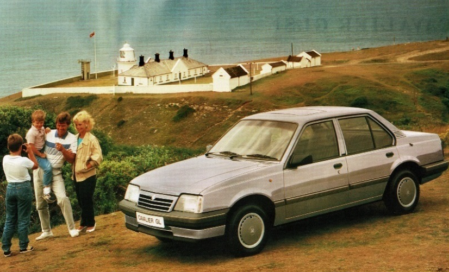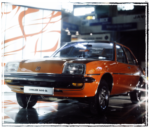Cavalier Mk2
Vauxhall Cavalier Mk2: A New Era of Efficiency and Volume
After four years of development, the front-wheel-drive Vauxhall Cavalier Mk2 was officially launched on 26 August 1981, unveiled to dealers at the Sheraton Skyline Hotel near Heathrow. Unlike its Mk1 predecessor, the Mk2 was mechanically and stylistically identical to its Opel sibling, the Ascona C, differentiated only by badges and interior trim. Interestingly, Luton’s Styling Department did propose a version with a Carlton Mk1-style nose, though this was never adopted.
At launch, the Mk2 quickly set new benchmarks in its class for both fuel efficiency and performance. Sales began in September 1981, powered by engines built at Holden’s Fishermans Bend plant in Australia.
As a global model, the Mk2 was part of General Motors’ J-car platform family. Its international cousins included the Opel Ascona (Europe), Holden Camira (Australia), Chevrolet Monza (Brazil), Isuzu Aska (Japan), and several North American models: Chevrolet Cavalier, Pontiac Sunbird, Buick Skyhawk, Oldsmobile Firenza, and Cadillac Cimarron.
In the UK, the Cavalier Mk2 arrived just in time to challenge the outgoing Ford Cortina as Britain’s company car of choice. When Ford replaced the Cortina with the radically styled Sierra in 1982, British buyers initially hesitated. This gave the Cavalier a golden window—it outsold the Sierra in both 1984 and 1985, despite trailing behind it in 1983. In 1986, Sierra sales slightly surpassed the Cavalier again, and by 1987, following a major Sierra facelift, Ford regained a significant lead in the segment.
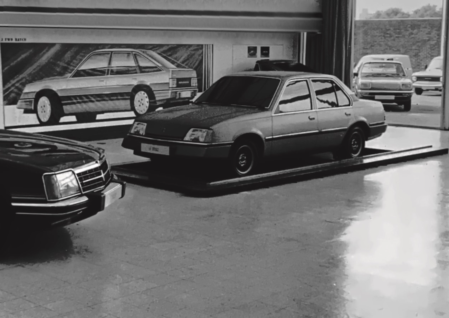
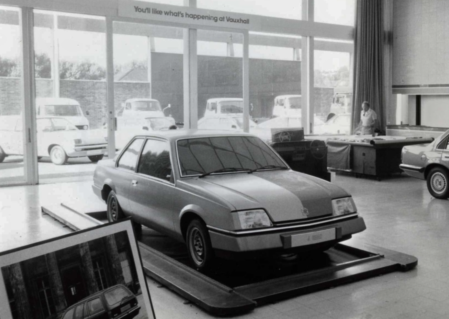
Body Styles and Variants
The Mk2 range originally offered two- and four-door saloons and a five-door hatchback. The two-door was quickly dropped in the UK after October 1982 but continued in the Ascona range abroad. An estate joined the lineup in October 1983, developed with rear panels imported from the Holden Camira. Initially offered with the 1.6 S engine in Base, L, and GL trims, the estate was a slow seller, contributing only about 7% of total Cavalier sales in 1985 and 1986—even after a diesel version was introduced.
Vauxhall also offered a German-built convertible version, converted by Hammond & Thiede and based on the two-door saloon. Additionally, a J-car-based Manta replacement was proposed but never materialised.
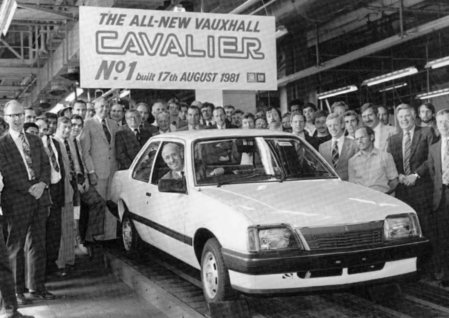
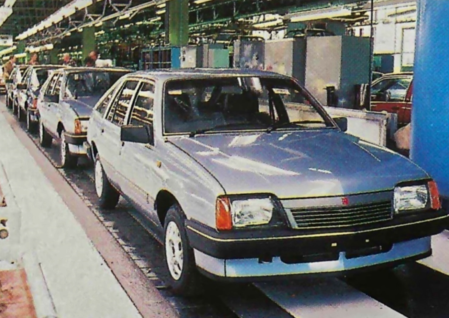
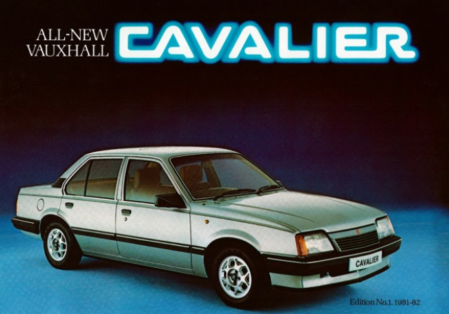
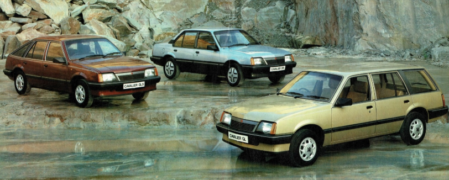
Rising Sales and Market Position
The Mk2 Cavalier enjoyed strong support from both critics and customers. In 1981, over 33,000 Mk1 and Mk2 Cavaliers were sold in the UK, securing seventh place in the national sales charts. In 1982, sales more than tripled to over 100,000 units, ranking fifth overall. The upward trend continued into 1983 with over 127,000 sold, pushing it to fourth, and in both 1984 and 1985, the Cavalier became Britain’s second best-selling car.
While it was narrowly outsold again by the facelifted Sierra from 1986 onwards, the Cavalier had already helped reinvigorate Vauxhall's standing in the British car market.
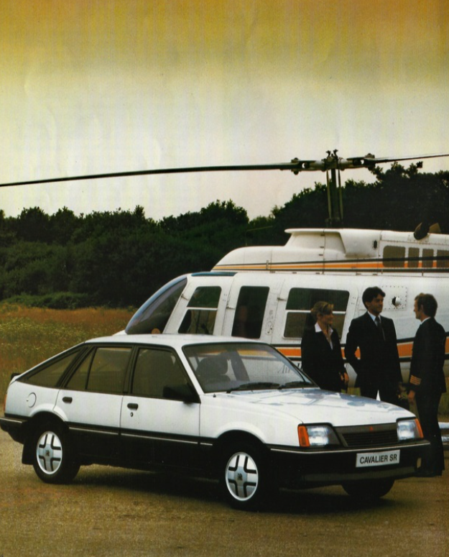
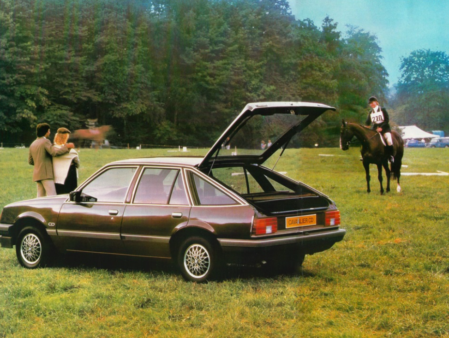
Facelifts and Updates
Mk2 (1985–1987)
In late 1984, a facelift was rolled out for the 1985 model year, aligning with updates to the Opel Ascona. All models adopted the CD model's “eggcrate” grille, revised rear light clusters with darker inserts, new steering wheels, and updated stalk switches. Trim options, upholstery, and instrument graphics were refreshed—many echoing the newer Kadett E/Astra Mk2. A fuel-injected 1.8L engine was added to the GL trim.
In late 1984, a facelift was rolled out for the 1985 model year, aligning with updates to the Opel Ascona. All models adopted the CD model's “eggcrate” grille, revised rear light clusters with darker inserts, new steering wheels, and updated stalk switches. Trim options, upholstery, and instrument graphics were refreshed—many echoing the newer Kadett E/Astra Mk2. A fuel-injected 1.8L engine was added to the GL trim.
Mk2 (1987–1988)
In late 1986, a second update modernised the lineup further. This included colour-coded grilles and revised rear lights similar to those on the Senator, along with additional equipment upgrades. A new 2.0L Family II engine joined the CD, SRi, and GLS trims, and the fuel-injected 1.8L engine became available in the L trim.
In late 1986, a second update modernised the lineup further. This included colour-coded grilles and revised rear lights similar to those on the Senator, along with additional equipment upgrades. A new 2.0L Family II engine joined the CD, SRi, and GLS trims, and the fuel-injected 1.8L engine became available in the L trim.
The SRi model now boasted the 20SEH engine with 130hp (97 kW), capable of topping 120mph (193km/h)—a notable step up from the Astra GTE thanks to a superior exhaust system.
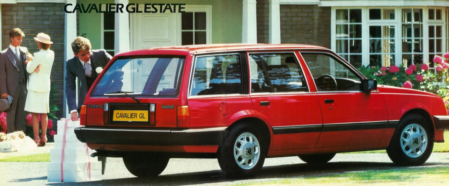
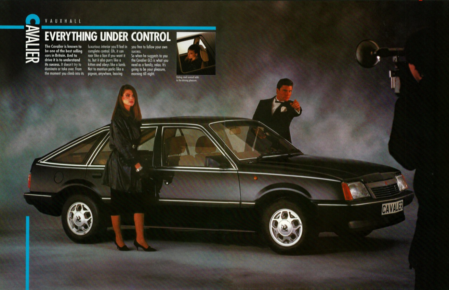
The pinnacle of the Mk2 range was the limited-run Cavalier Calibre, based on the SRi130 and developed with input from Aston Martin/Tickford. Featuring Irmscher components like a sporty body kit, suspension, and exhaust, only 500 were made. Premium equipment included Recaro seats, a trip computer, and power features across the board. At launch in 1987, it commanded a price of around £13,000.
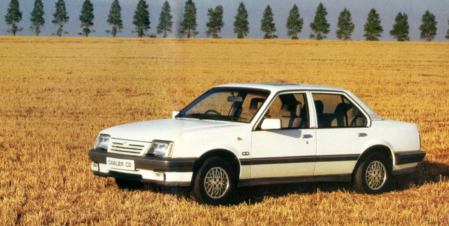
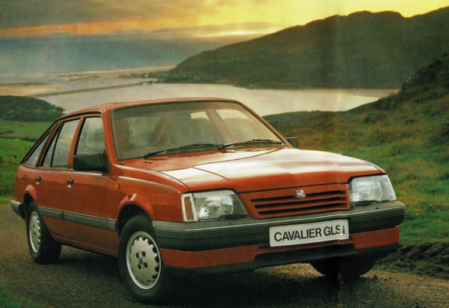
Sales Legacy and Decline
Between 1981 and 1988, a total of 807,624 Cavalier Mk2 units were sold in the UK alone. By the end of 1989, it was the third most common car on British roads. However, its fortunes faded with time: by August 2006, it was the sixth most scrapped car in the UK over the past 30 years. With fewer than 1% still surviving, only 1,289 Mk2s remained registered by December 2009.
Trim Levels
- Base (1.3L petrol, 1.6L petrol)
- L (1.3L petrol, 1.6L petrol, 1.6L diesel)
- Li (1.8L fuel-injected petrol)
- LX (1.6L petrol)
- LXi (1.8L fuel-injected petrol)
- GL (1.3L petrol, 1.6L petrol, 1.6L diesel)
- GLi (1.8L fuel-injected petrol)
- GLS (1.6L petrol)
- GLSi (1.8L & 2.0L fuel-injected petrol – 114 bhp)
- SR (1.6L petrol)
- SRi (1.8L & 2.0L fuel-injected petrol – 114 bhp)
- SRi 130 (2.0L fuel-injected petrol – 128 bhp)
- CDi (1.8L & 2.0L fuel-injected petrol – 114 bhp)
- Convertible (1.8L fuel-injected petrol)
- Estate (1.6L petrol)
- Estate L / GL (1.6L petrol, 1.6L diesel)
Note: The “i” suffix denotes models fitted with fuel injection.
Special Editions:
- Commander (1.6L petrol)
- Antibes (1.6L petrol)
- Club (1.6L petrol)
- Calibre (2.0L SRi130 fuel-injected petrol)
